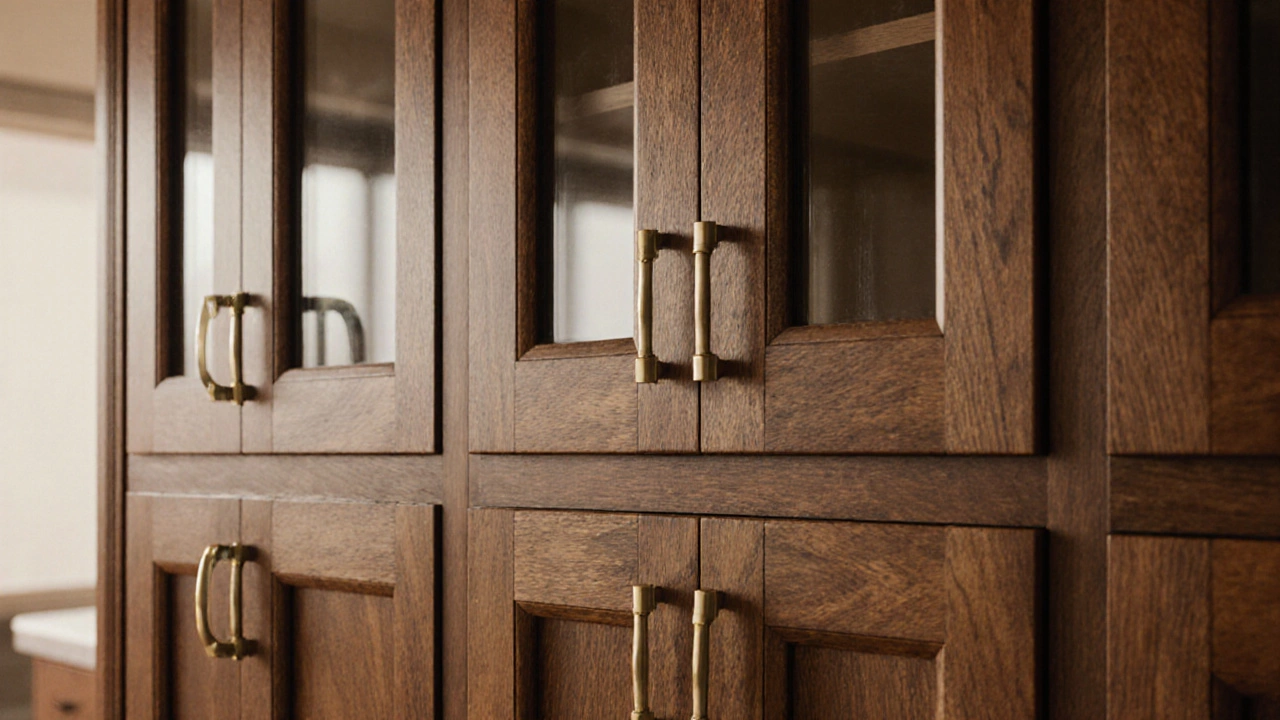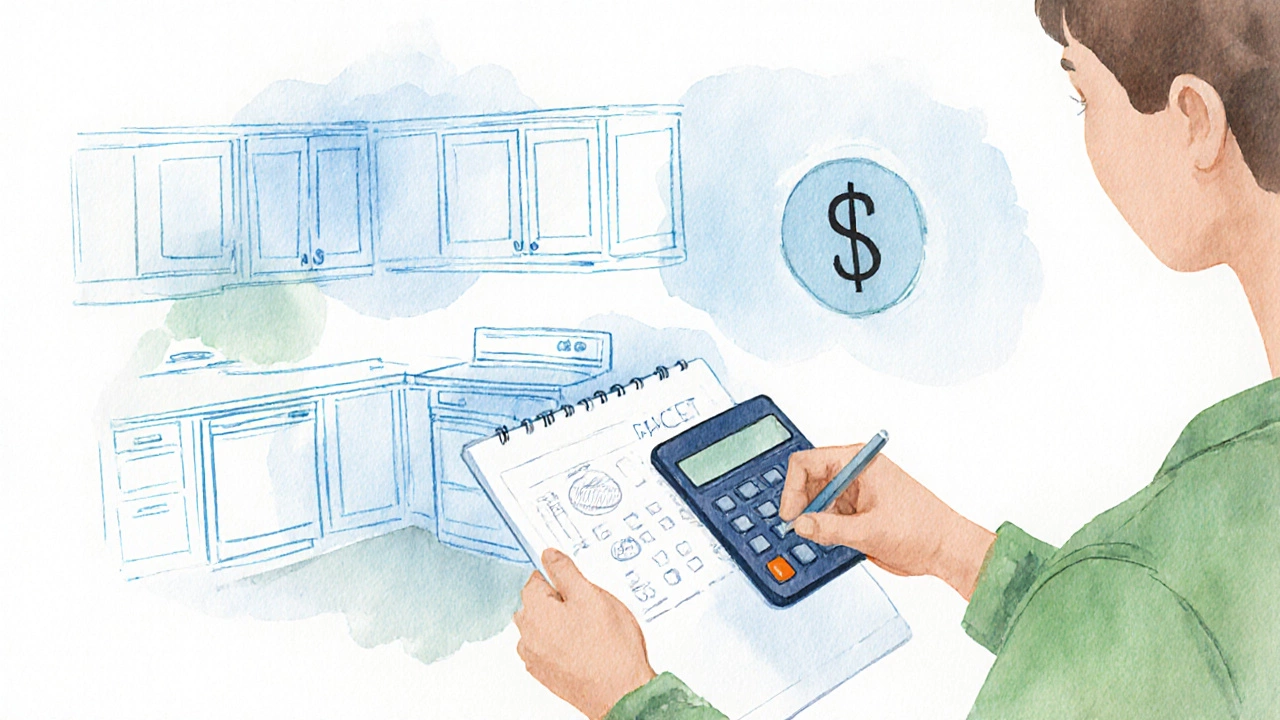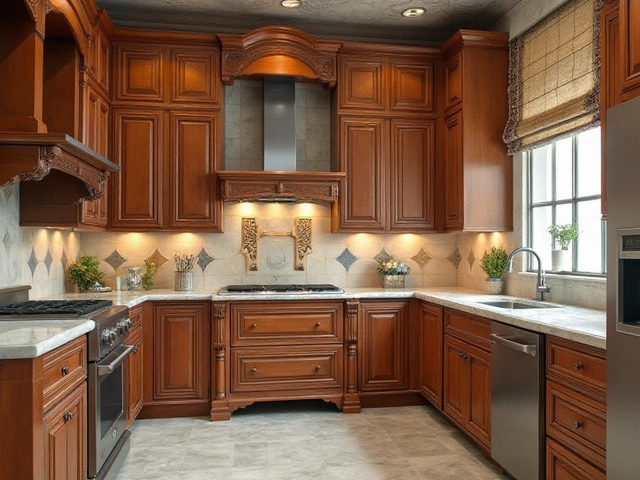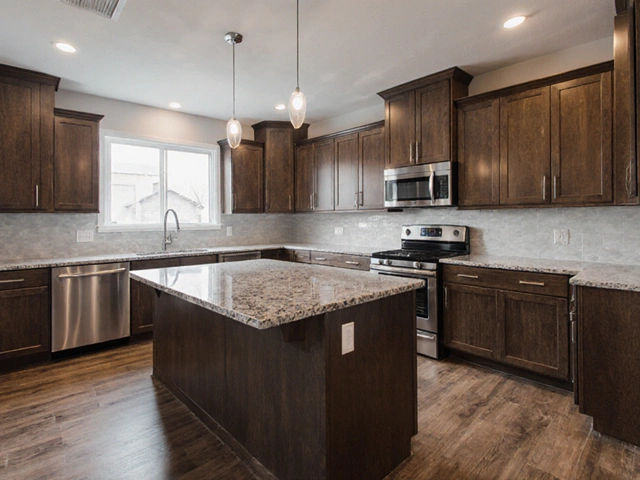Kitchen Remodel Budget Calculator
Budget Breakdown Tool
Enter your total kitchen renovation budget to see how costs break down by component
If you’ve ever wondered where your money disappears during a kitchen overhaul, you’re not alone. Homeowners repeatedly ask, “What is the most expensive part of a kitchen remodel?” The short answer: it’s usually the kitchen remodel cost driver that varies most between projects. Below you’ll find a clear, step‑by‑step guide that breaks down every major expense, shows real‑world price ranges, and offers practical tips to keep your budget in check.
Quick Takeaways
- High‑end cabinets typically claim 30‑35% of the total remodel budget.
- Premium appliances can push the total cost up by 15‑20%.
- Stone countertops (granite, quartz) often rank as the second most expensive component.
- Labor and installation fees usually account for 20‑25% of the overall spend.
- Smart budgeting starts with a realistic cost‑breakdown table and a clear priority list.
Understanding the Full Cost Landscape
Before you can pinpoint the priciest element, you need a holistic view of every line item that appears on a typical kitchen remodel invoice. Below is a concise definition of the central concept:
Kitchen remodel cost breakdown is a structured list of all expenses related to renovating a kitchen, including materials, labor, permits, and ancillary services. It helps homeowners allocate funds, compare vendors, and avoid surprise charges.
Most remodel budgets fall into six broad categories: cabinets, appliances, countertops, flooring, labor (including plumbing and electrical), and finishes (backsplash, lighting, hardware). Each category contains sub‑items that can dramatically shift the price, especially when you opt for premium materials or custom designs.
The Usual Suspects: Top Cost Drivers
Let’s dive into the components that routinely dominate the spend.
Cabinets are the backbone of any kitchen, providing storage and the visual frame. Mid‑range stock cabinets run $100‑$250 per linear foot, while custom solid‑wood units can exceed $1,200 per linear foot. Because cabinets typically occupy 30‑35% of the total budget, they are often the single most expensive line item.
Appliances include the refrigerator, oven, dishwasher, and cooktop. High‑end brands (Wolf, Sub-Zero, Miele) can push a single unit’s price past $5,000, and a full suite often reaches $15,000‑$25,000, representing roughly 15‑20% of the overall remodel cost.
Countertops serve both functional and aesthetic purposes. Natural stone (granite, marble) and engineered quartz average $70‑$150 per square foot installed. For a 50‑sq‑ft countertop area, expect $3,500‑$7,500, placing this item as the second most expensive category after cabinets.
Flooring choices range from budget vinyl ($2‑$5 per sq‑ft) to premium hardwood ($10‑$15) or large‑format porcelain tile ($8‑$12). Flooring typically consumes 5‑10% of the budget, but square‑footage spikes can raise costs quickly.
Labor covers carpentry, plumbing, electrical, and general contracting. Skilled labor rates vary by region, averaging $50‑$100 per hour. In a full remodel, labor often accounts for 20‑25% of total spend.
Plumbing work includes moving supply lines, installing new faucets, and ensuring code‑compliant drainage. A typical update costs $1,200‑$3,500, depending on fixture quality and layout complexity.
Electrical work involves rewiring, adding dedicated circuits for appliances, and installing modern lighting. Expect $1,000‑$2,500 for most remodels, with higher figures for smart‑home integrations.
Permits are mandatory in many jurisdictions for plumbing, electrical, or structural changes. Fees range from $100 to $500, but forgetting them can cause costly re‑inspections.

Cost Comparison Table
| Component | Typical % of Total Budget | Cost Range (Mid‑range) |
|---|---|---|
| Cabinets | 30‑35% | $8,000‑$15,000 |
| Appliances | 15‑20% | $5,000‑$12,000 |
| Countertops | 10‑15% | $3,000‑$8,000 |
| Flooring | 5‑10% | $2,000‑$5,000 |
| Labor (incl. plumbing & electrical) | 20‑25% | $7,000‑$13,000 |
Why Cabinets Usually Win the “Most Expensive” Title
Cabinets dominate the cost chart for three main reasons:
- Material choice: Solid hardwood, custom veneers, and full‑depth construction drive up material expenses.
- Labor intensity: Measuring, cutting, and installing cabinets demands skilled carpenters and precise fitting.
- Design customization: Shaker, flat‑panel, or glass‑front styles each require different hardware, finishes, and sometimes special ordering.
Even a modest remodel can see cabinet costs exceed $10,000 when opting for soft‑close hinges, pull‑out organizers, and premium finishes.
Smart Ways to Trim the Biggest Expenses
Knowing where the money goes lets you target savings without sacrificing quality.
- Shop semi‑custom cabinets. These offer a tailored look at 40‑60% of full‑custom pricing.
- Choose a popular countertop material. Quartz offers durability and a sleek look for $75‑$100 per sq‑ft, often cheaper than high‑end marble.
- Prioritize essential appliances. Stick to reputable brands for the fridge and stove, but consider mid‑range models for secondary items like microwaves.
- Bundle labor. Hiring a general contractor who coordinates carpentry, plumbing, and electrical can reduce overlapping fees.
- Plan for permits early. Including permit costs in your budget avoids surprise overruns.

Decision Checklist: Is Your Project Ready?
Use this quick checklist before signing any contracts:
- Have you defined a clear budget ceiling?
- Did you get at least three cabinet quotes?
- Are your appliance selections aligned with the kitchen’s electrical capacity?
- Do you have a written, itemized labor estimate?
- Have you verified local permit requirements?
- Is there a contingency fund (≈10%) for unexpected issues?
Answering “yes” to most items means you’re positioned to control the most expensive parts effectively.
Frequently Asked Questions
What percentage of my kitchen remodel budget should I allocate to cabinets?
Cabinets usually consume 30‑35% of the total budget. For a $30,000 remodel, expect to spend $9,000‑$10,500 on cabinets, depending on material and customization level.
Can I save money by installing countertops myself?
DIY countertop installation is possible with prefabricated laminate or solid surface, but stone materials (granite, quartz) require specialized tools and sealing. Attempting a self‑install on stone can void warranties and lead to higher long‑term costs.
How much should I budget for permits?
Permit fees vary by city but generally fall between $100 and $500 for a standard kitchen remodel. Always check with your local building department early to avoid delays.
Is it cheaper to hire a single contractor or multiple specialists?
A single general contractor often saves money because they manage scheduling, reduce duplicate labor charges, and handle permits. However, verify that the contractor has qualified sub‑trades for plumbing and electrical work.
What hidden costs should I watch out for?
Hidden costs include demolition debris disposal, unexpected structural repairs, outdated wiring upgrades, and the need for additional ventilation for gas appliances. Always include a 10‑15% contingency to cover these surprises.
Wrapping It Up
When you map out every line item, cabinets typically emerge as the most expensive part of a kitchen remodel, followed closely by appliances and stone countertops. By understanding the cost anatomy and applying the budgeting tricks above, you can keep your project on track without compromising on style or functionality. Ready to start planning? Grab your budget sheet, prioritize the items that matter most to you, and reach out to at least three reputable contractors for detailed quotes.



Write a comment